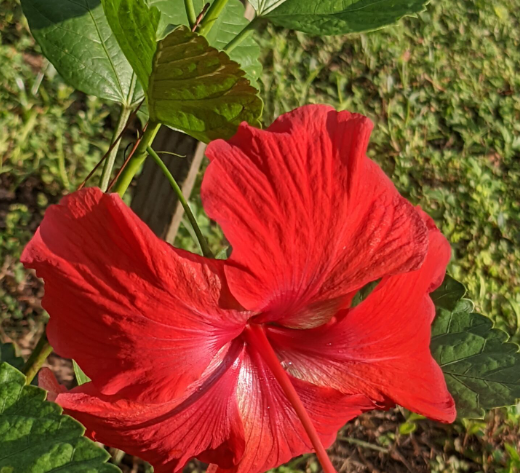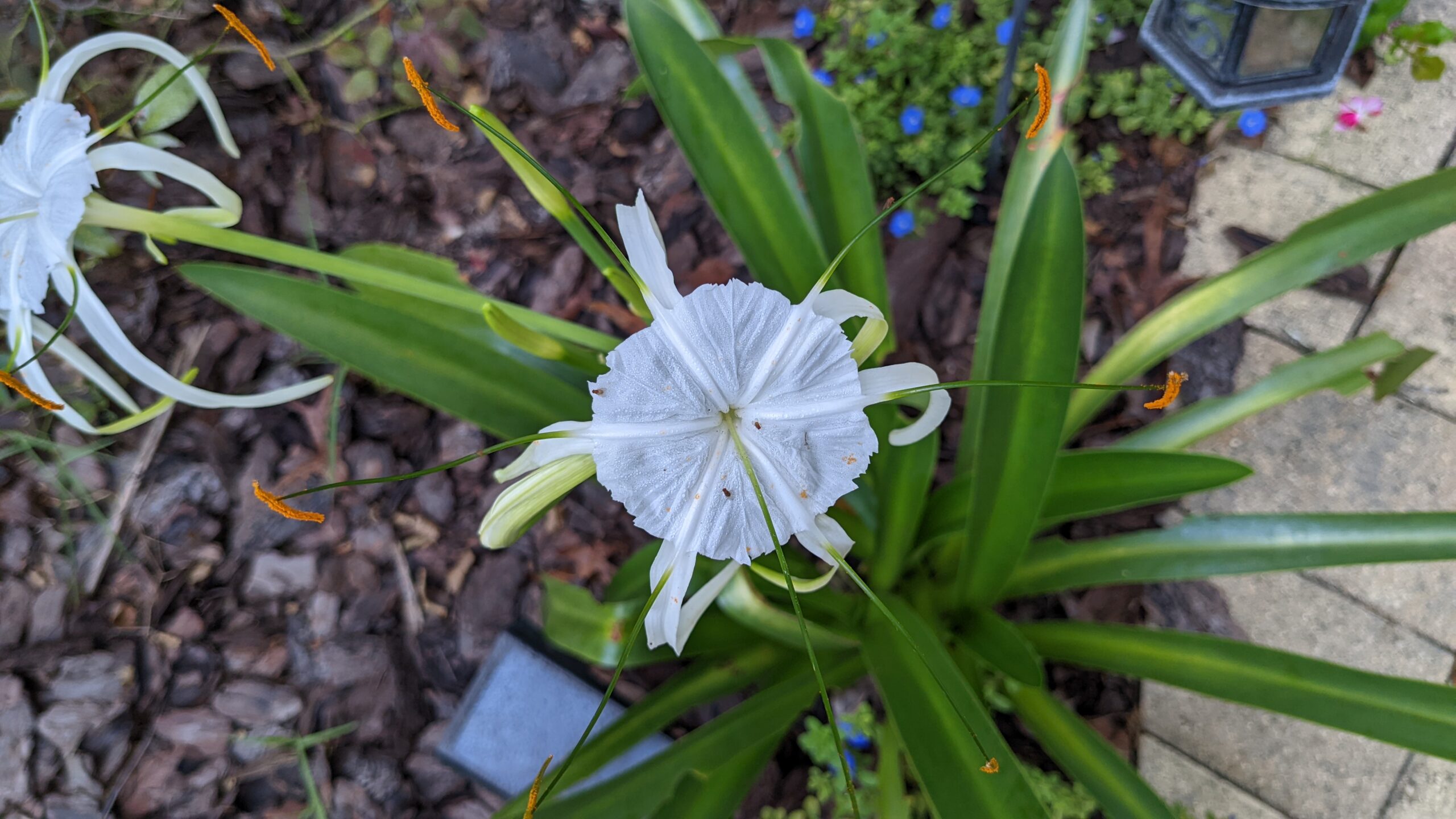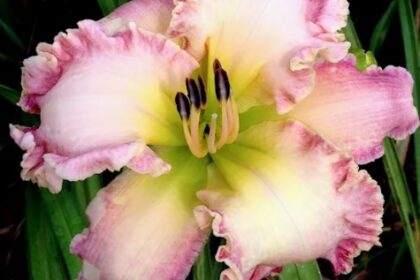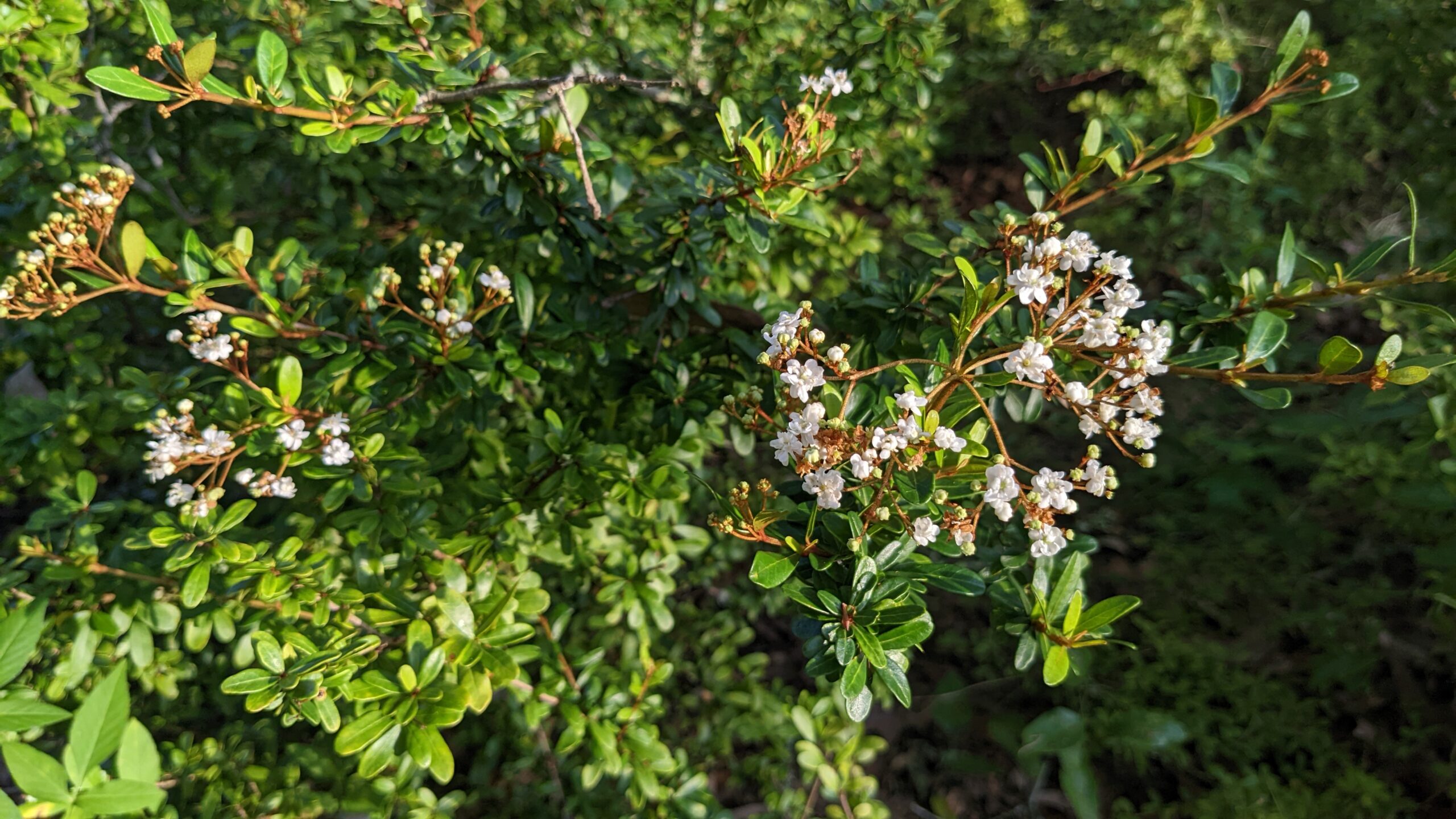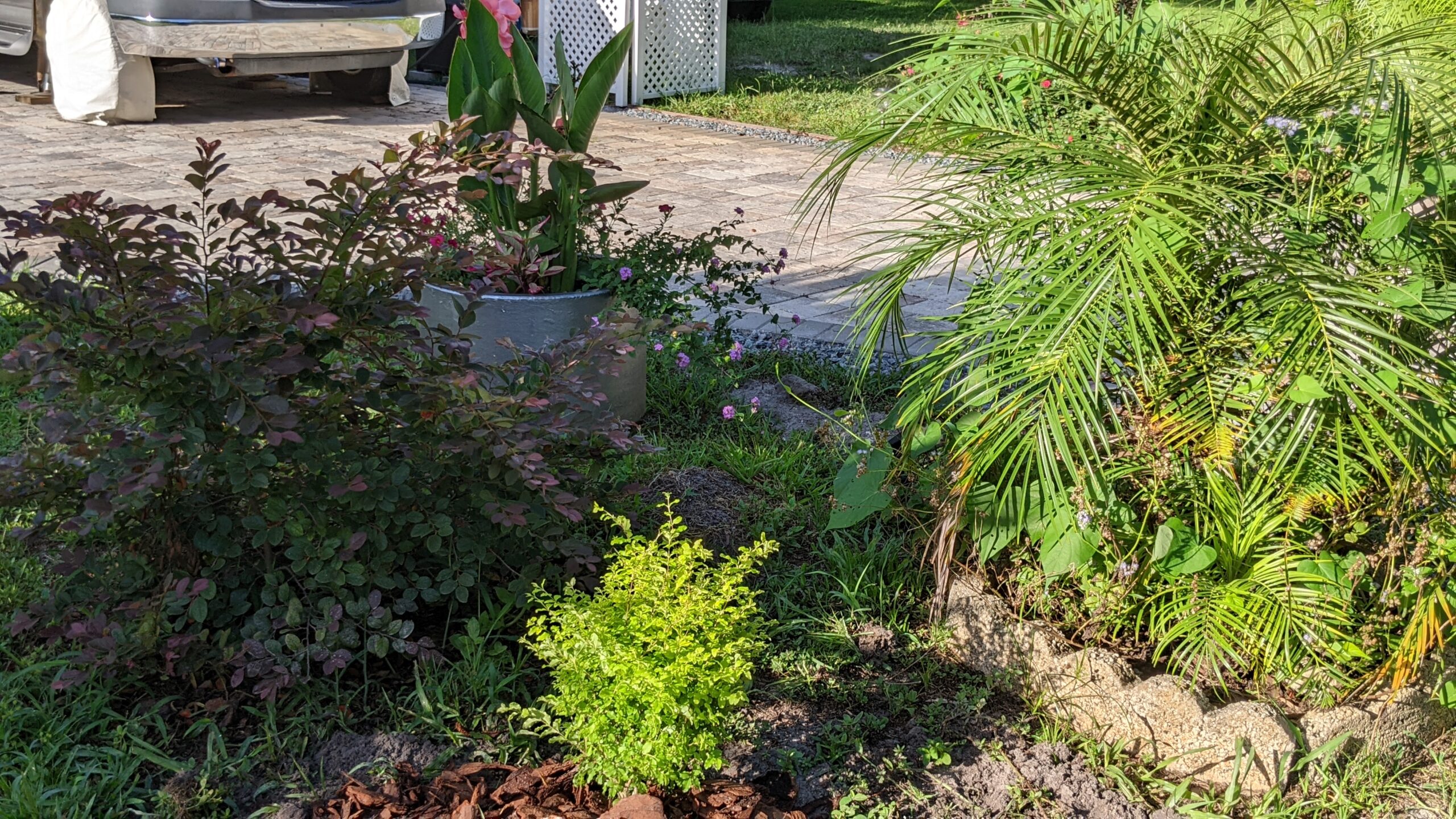There are many beautiful plants sold in garden centers that grow well in zone 9b that can’t take our lower winter temperatures. Several that I have tried just die and are gone forever. Some I have tried (20 years ago… so things may have changed since then we were 9a but now we are 9b) are travelers palm, coconut palm, tibouchina or princess flower, jacaranda (though I do have one that comes back but never flowers), christmas palms and others.
There are, however, many plants that die back in the winter but will likely come back once the ground warms back up again in the spring. It’s nice to know these plants can do well here. The frustrating part for some of these plants is that they just take so dang long to get to size and put on a flowery show. If you’re set on having these types of plants, go for it. I would just recommend not planting an entire bed of them. Definitely, interplant these tender perennials with hardier shrubs so that you aren’t left with a long season of holes in your landscape.
1. Jathropa
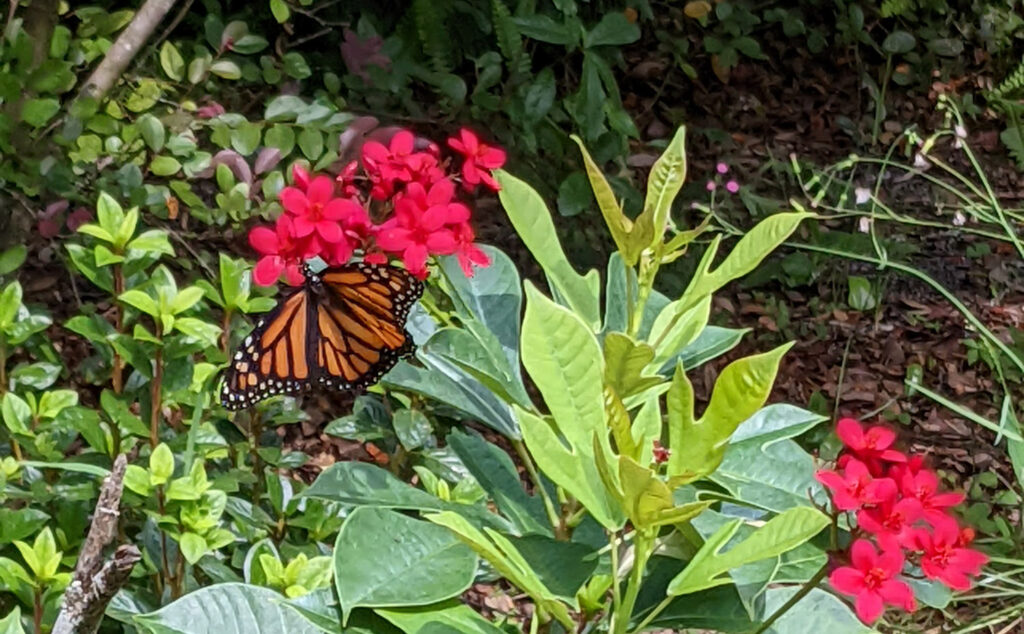
Jathropas are small trees in St. Petersburg, but in Pasco (where I live), they don’t get much above four feet. These are among the first to die back during cold spells and they take their time returning to bloom at the end of June. The butterflies love the super bright, almost fluorescent red blossoms. I have had this plant for nearly 20 years and provide it no care. It is a reliable bloomer for the six months of the year it is active.
2. Allamanda
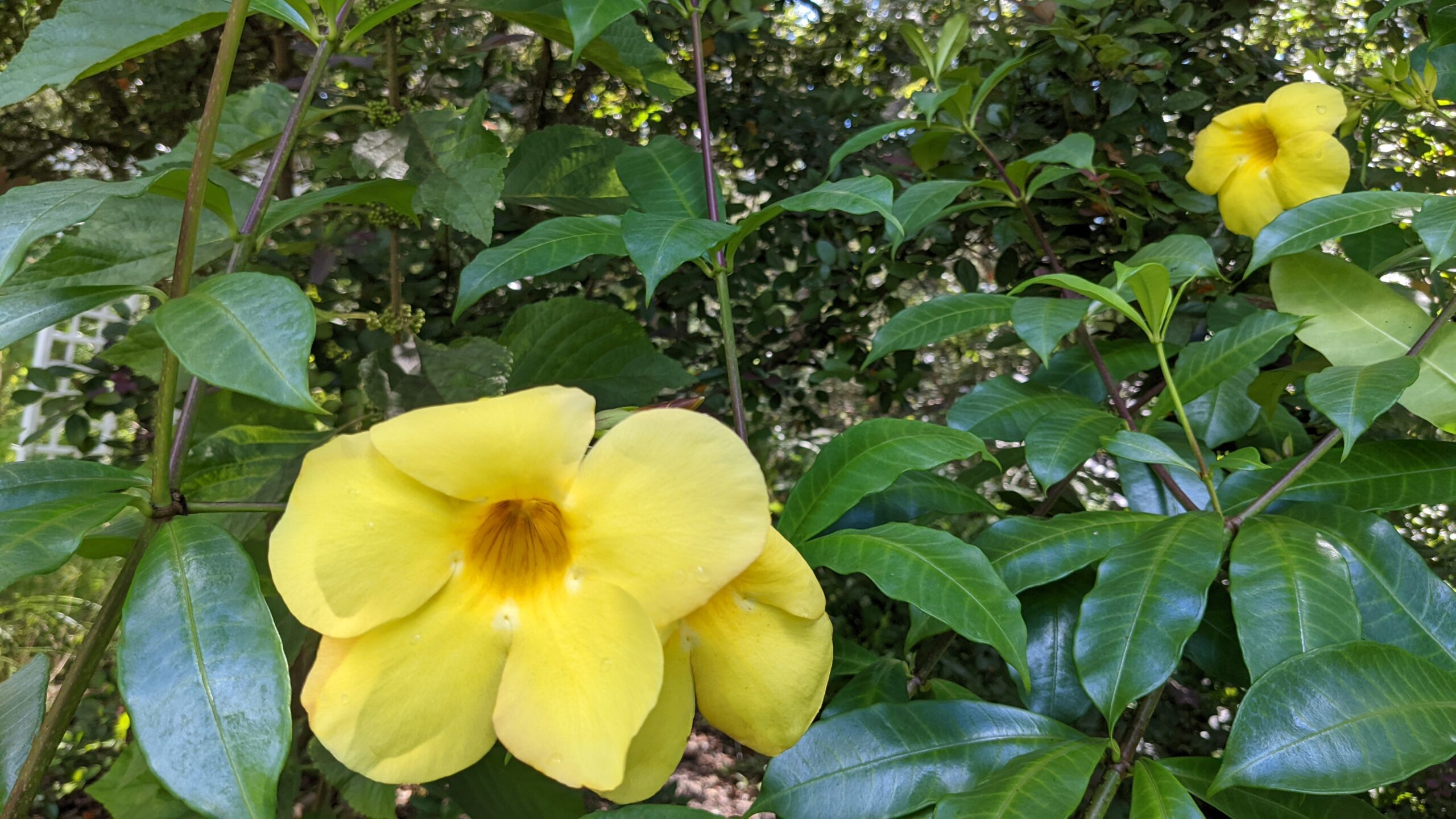
This viney bush puts on enormous growth with lots of big yellow blooms. Planted near the jathropa, they both die back around the same time but the allamanda seems more vigorous and blooms longer. It too gets zero care from me and has been a reliable performer once it returns to bloom in June until the cold sets in during December.
3. Gingers
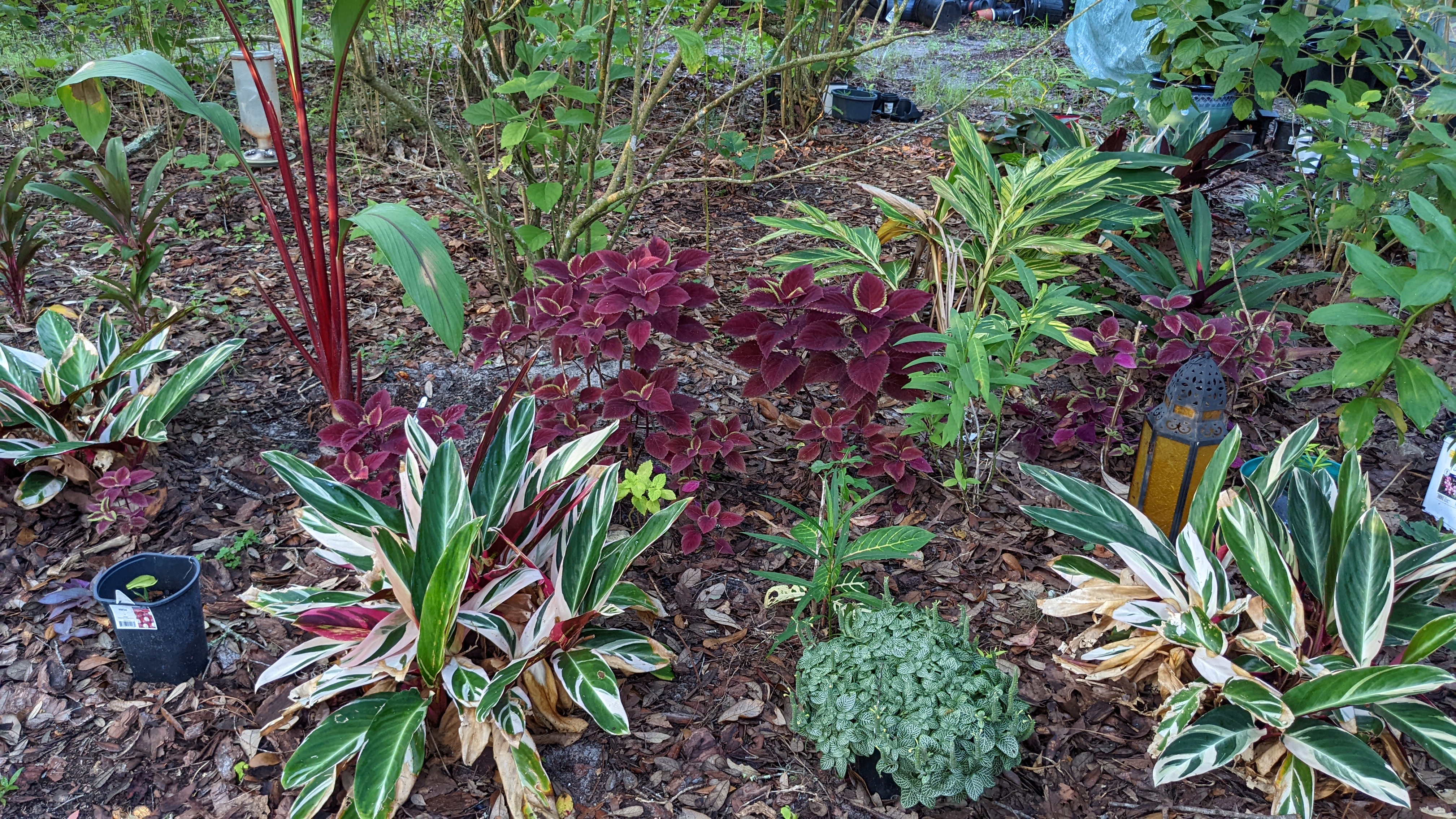
Since there are so many types of gingers, they all have different rates of growth and cold tolerance. I have a personal favorite of the peacock gingers since they emerge quickest and reliably bloom the longest of all of my gingers. I have had shell gingers that have never produced flowers but they more than make up for it with their gorgeous tropical foliage. Another favorite ginger I have is pinecone ginger, which produces the “shampoo” in multiple pinecone-shaped inflorescences at the base of the plant. These spread well and propagate easily by transplanting.
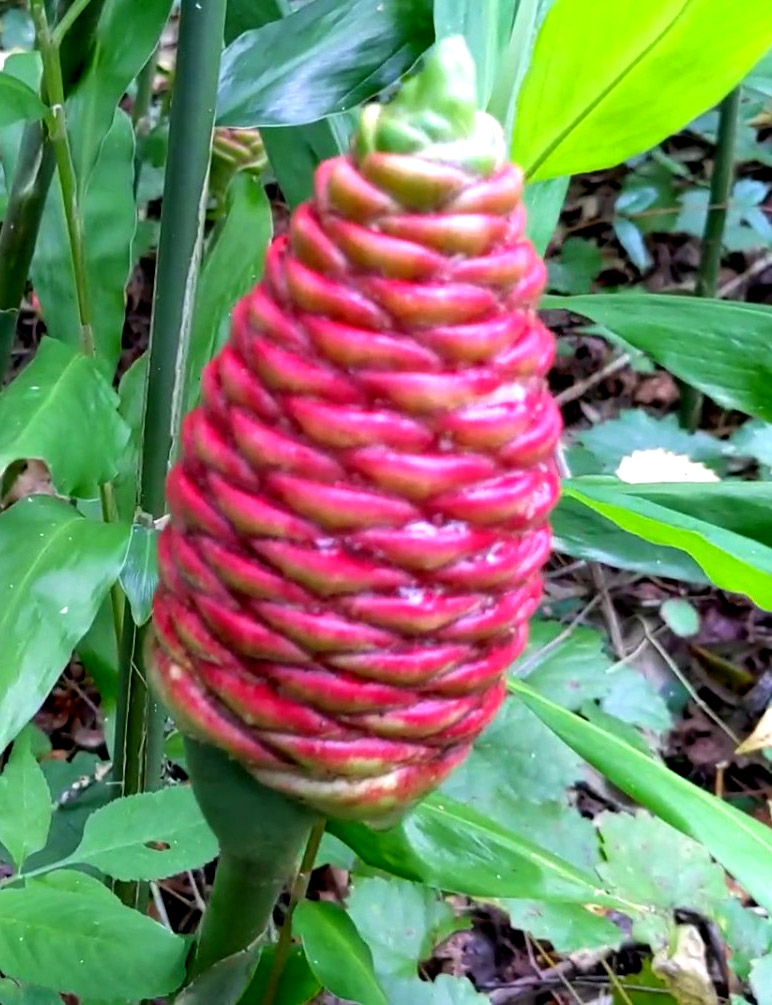
4. Turk’s Cap
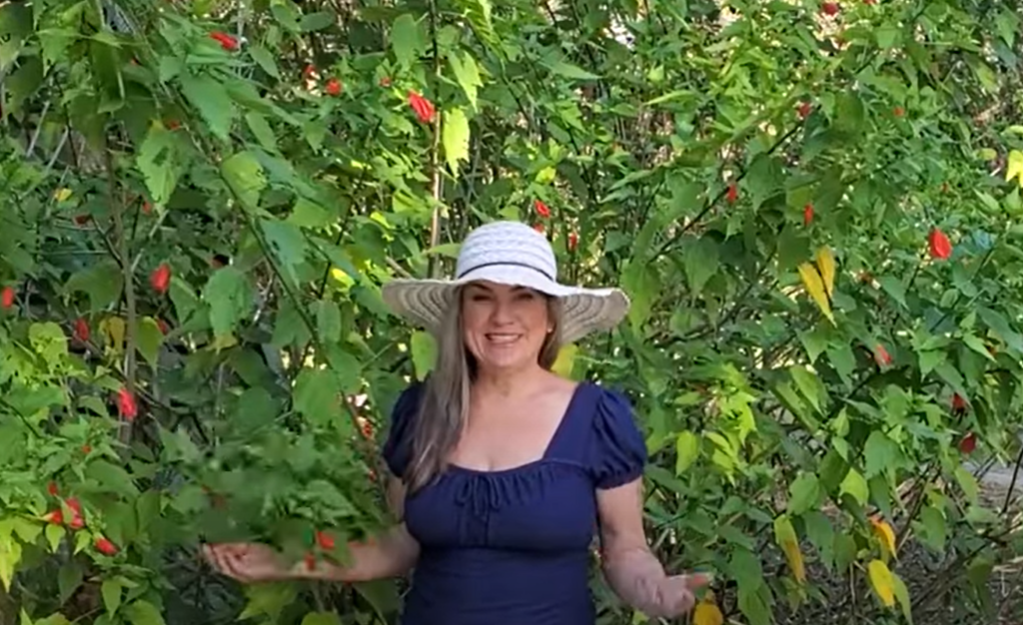
This plant has to be one of the largest die-back plants on the property along with pagoda flower. It dies back to just the roots in the winter but grows six to seven feet tall by the winter. It is covered with unopened, upside-down hibiscus like flowers. that hang like a turk’s cap. At the end of August, it is three feet tall with no flowers… so consider this one a late bloomer. This one wilts easily if it is in too much sun but recovers quickly with weekly watering.
5. Pagoda Flower
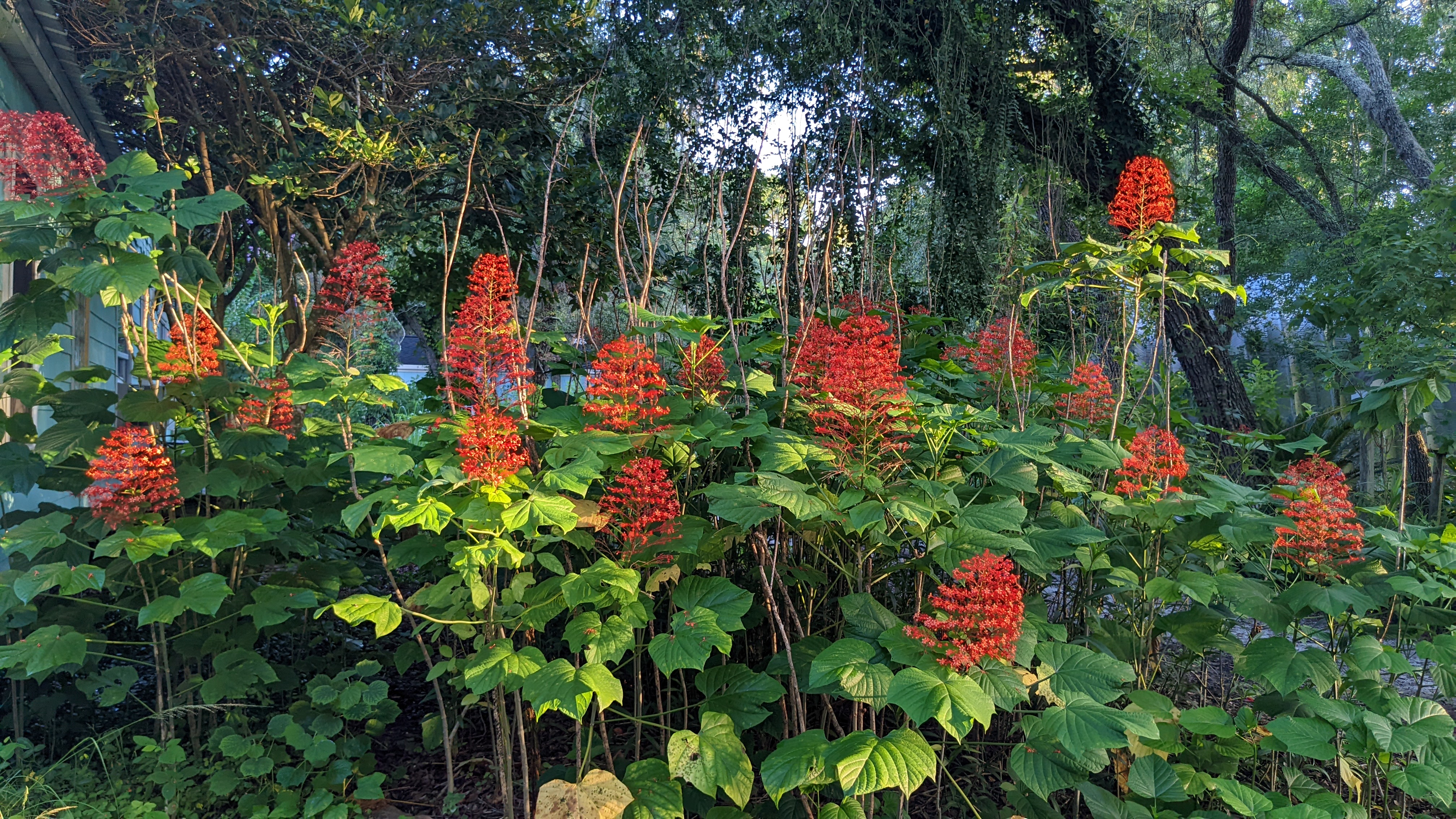
I had no idea when I planted one small cutting from a garden tour in Brandon 15 years ago would turn out to be such a behemoth! Left with zero care, it expanded to 20 feet wide. My mom says when she looks at my house, it appears to be on fire with the bright orange-red bloom clusters. You can see in this photo, all of the branches I neglected to cut back during the winter. I actually think it adds character to the patch! This is a hummingbird and pollinator magnate. It prefers shade and will wilt in drought situations but perks right back up with a light watering. I even have pieces growing up in the middle of an active driveway. Propagates readily through transplanting.
6. Firebush
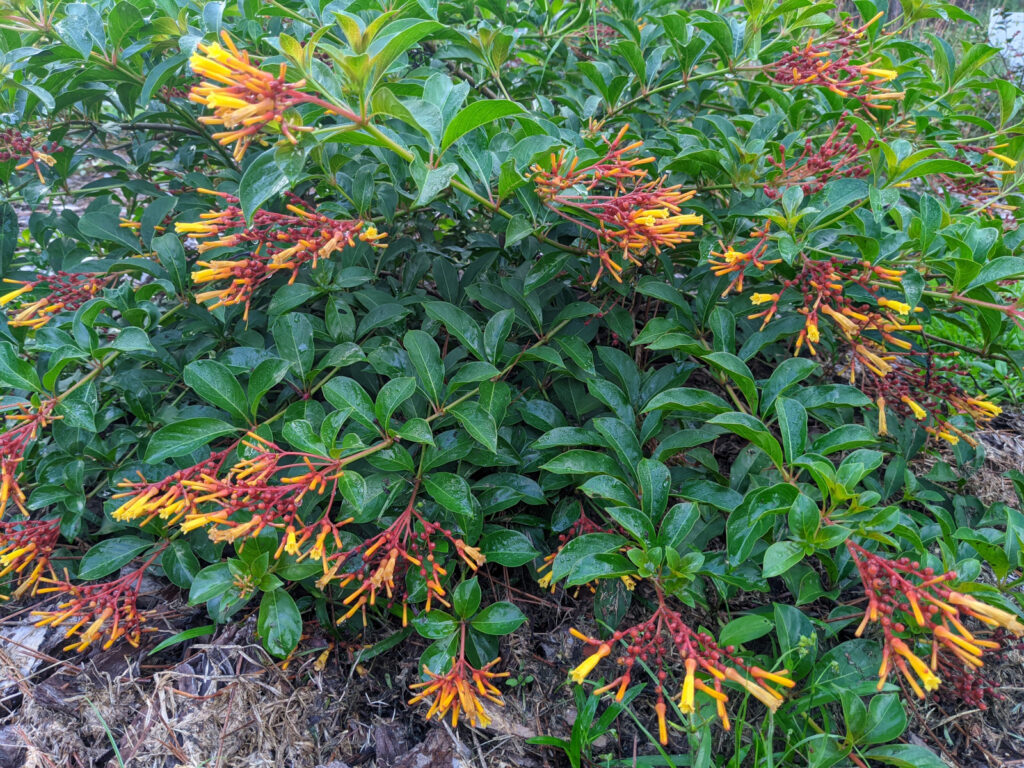
This is another plant that simply glows in the landscape. While I am not a huge fan of orange, this bush is a great pollinator and reliable bloomer. Unfortunately, it does die back to the ground and appears to be dead during the winter months. The branches do die and need to be cut off after the last frost, but it will grow to four or five feet and start blooming prolifically in the summer.
7. Firespike
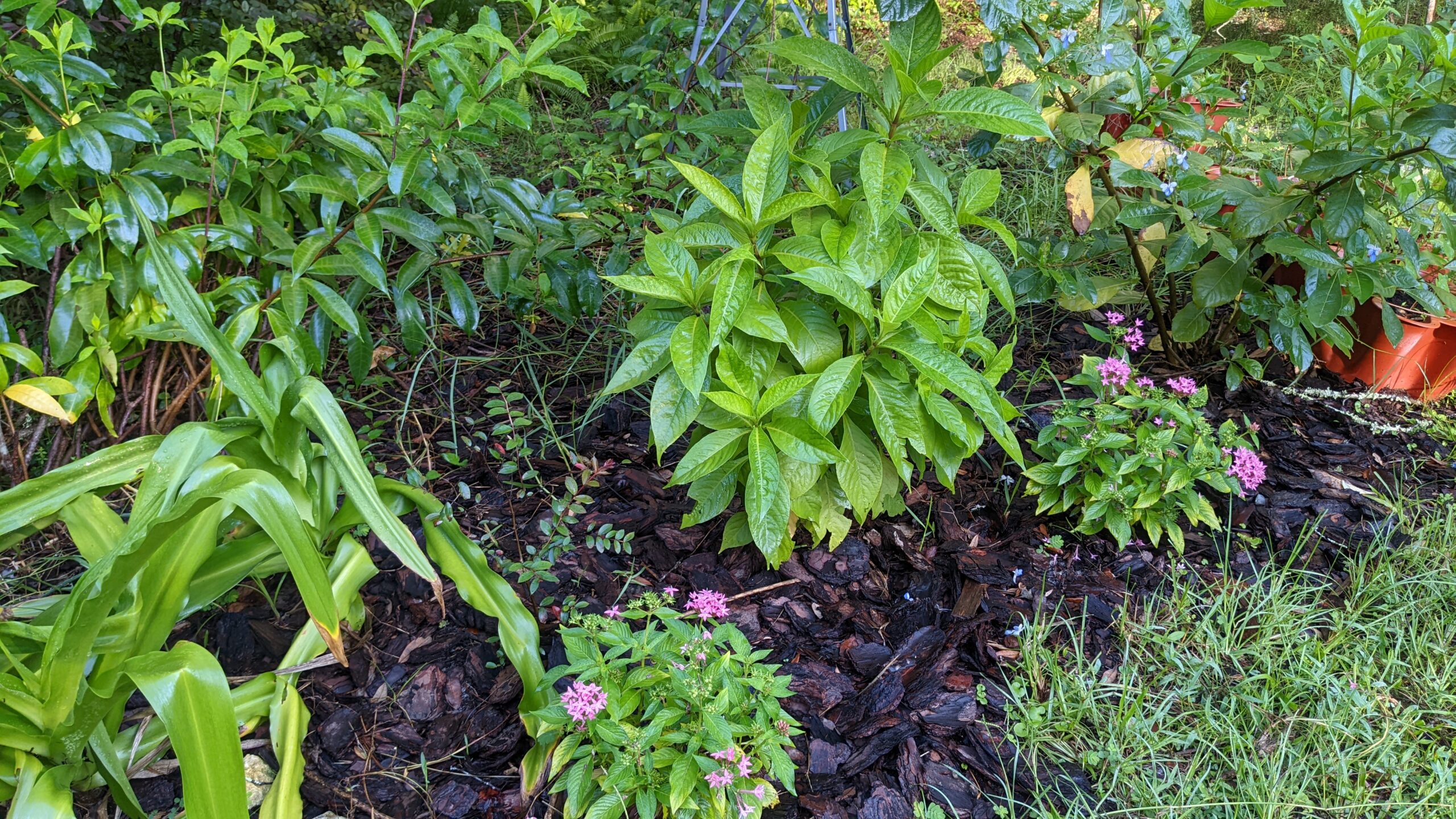
This plant prefers morning sun with afternoon shade lest it shrivels up and goes into too much stress. It will recover with daily watering if it gets too much hot, summer sun. It dies back to the ground but will slowly reemerge. You won’t see blooms until the fall, however.
8. Plumbago
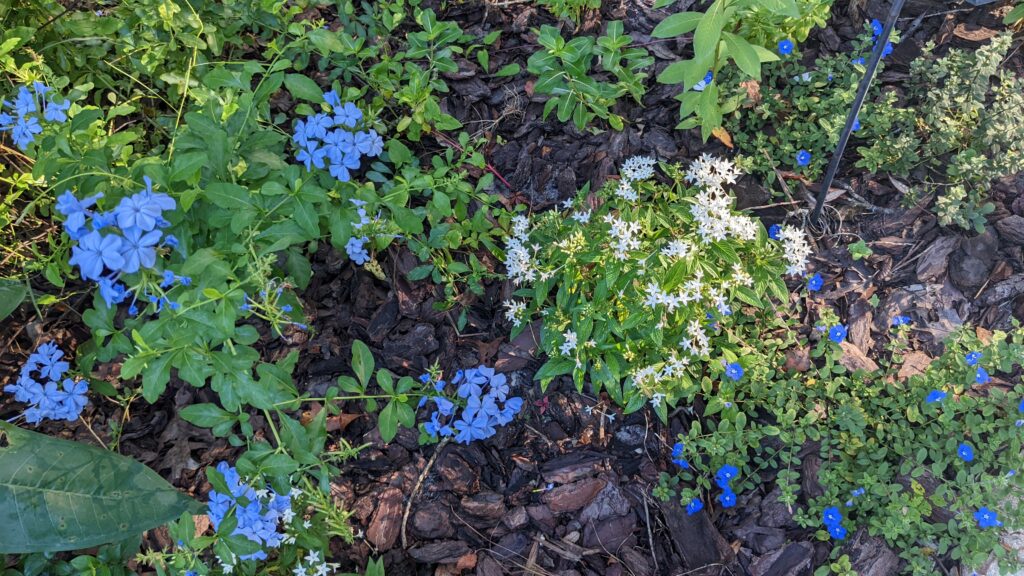
I don’t think mine truly die back all the way to the ground, there’s always some of the plant growing above ground however unnoticeable. The blooms don’t start appearing until the summer. With the help of fertilizer, they really put on a show starting in August (for me).
9. Hibiscus

10. Bougainvillea
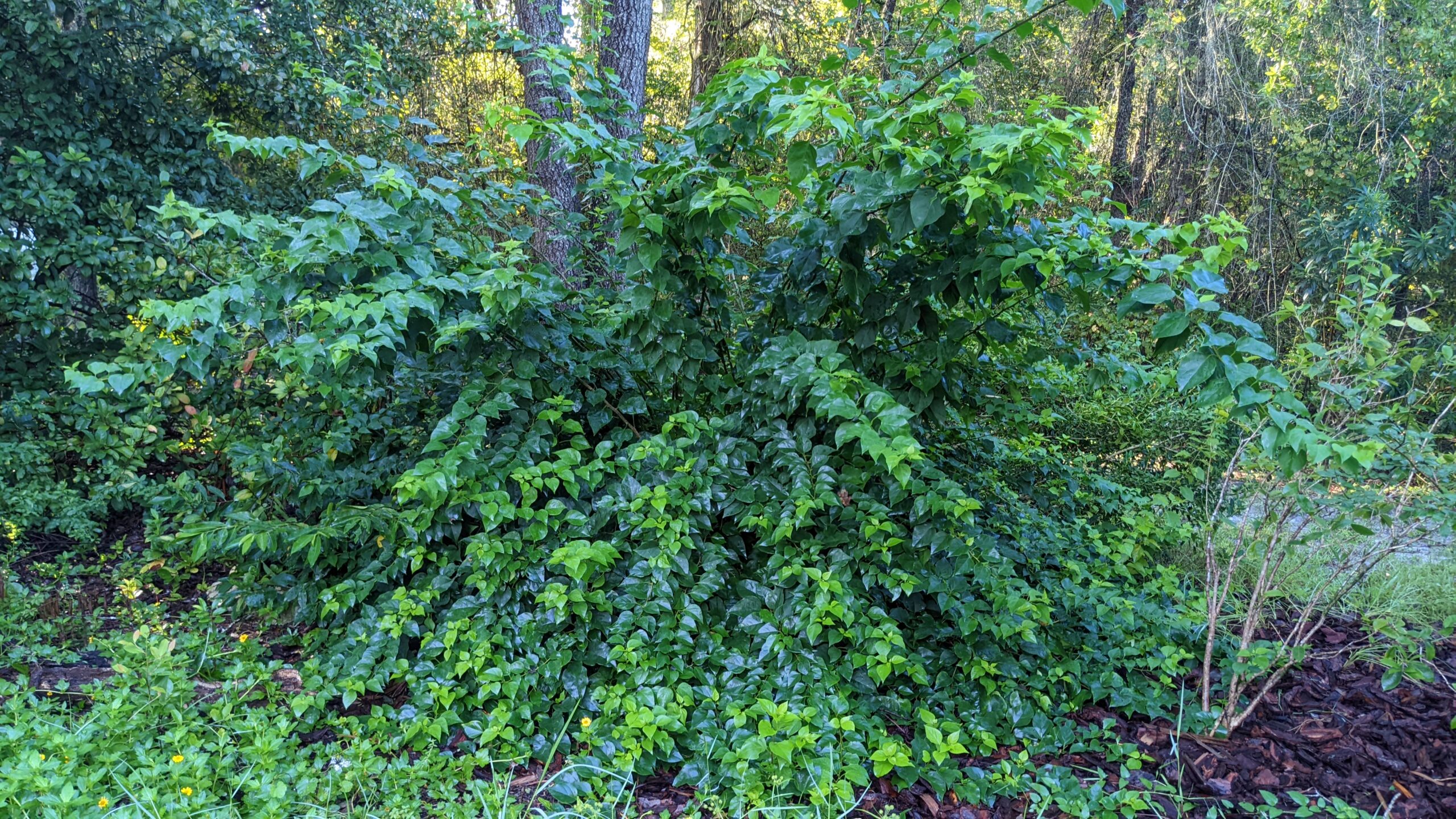
Honorable mentions
Other plants that will die back to the ground but revive in the spring are crotons, cannas, cordylines, banana trees, moringa, foxtail ferns, butterfly clerodendron, bleeding hearts, any bulb or tuber mentioned in my bulb article, and yesterday, today and tomorrow.
